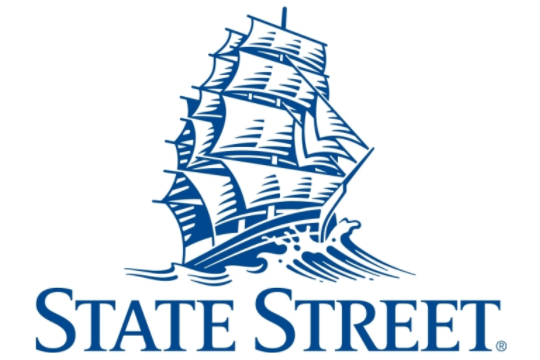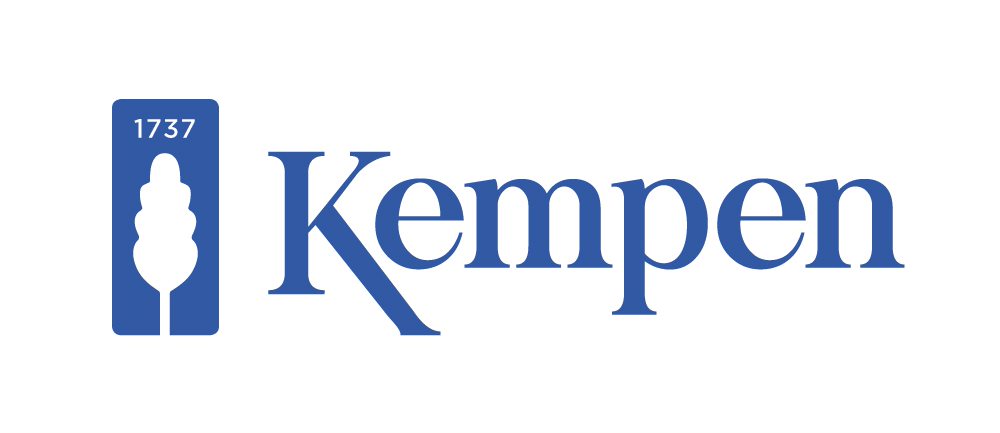This article is featured in the 2024 FCLTGlobal Blue Book, a collection of real-world examples of how our members are putting long-term strategies into practice today. We hope that these practical illustrations will inspire others to embrace the mission of focusing capital on the long term. Learn more >>
Corporate boards are the shareholders’ fiduciaries. They are charged with overseeing the development and execution of strategy within a clear risk framework and holding management accountable for the same. Accordingly, the three critical requirements of a successful board are: a deep understanding of long-term strategy; CEO selection and succession planning; and effective risk oversight. As I have written about previously, the exigencies of near-term results may push a board to allocate less time on these core pillars of the long-term lens. A board must of course keep its eye on the peaks and valleys of its firm’s short-term performance — though this is sometimes influenced by anomalous company, industry, and/or market developments — as this performance is often a leading indicator of momentum and investor returns. But the board’s responsibility is to maintain a long-term vision and preserve management’s focus on a foundation for continuous innovation, growth, and return.
Given the importance of their role, how can corporate boards ensure they are an effective cornerstone of long-term strategic growth? Success hinges on building a board with broad, complementary experiences, skills, and qualifications. In this respect, the importance of board diversity — in all its myriad forms — cannot be overstated. Diversity of thought, perspective, and expertise is at least as important as other forms of diversity, as these attributes help to ensure that the board has the fundamentals in place regardless of specific topic.
Apart from diversity, other intangible attributes and characteristics for effective board membership include directors that are independent-minded, hyper-competent, responsive, capable, curious, have unimpeachable business ethics, and perhaps above all else, are adaptable. For example, an individual board member might not be an expert on a host of important new business drivers — including Artificial Intelligence (A.I.), social media use, blockchain, or climate change — but they are a fast learner and big picture thinker who upskills quickly, embraces collaboration, and understands how these new challenges and opportunities might impact thinking around long-term strategy and risk management.
Clients, regulators, and markets expect new business drivers like those to be integrated quickly and effectively into business strategy. We see this with the reality of topics such as cybersecurity, climate risk, and A.I. Multiple constituencies now expect companies to identify, measure, disclose, and adapt to the related strategic opportunities and risks. What are some steps a board might take to equip itself to best oversee the long-term evolution and growth of its company amidst this continuing stream of new and complex opportunities and considerations? Some ideas:
Identify knowledge gaps and provide depth of material: Survey the board to self-identify areas where it might benefit from greater expertise; and then act on any identified needs via an active new director and board refreshment program. In addition, ensure a dedicated board resources program and library are in place that is continually curated by management (and board members) with new material.
Draw deep on internal company expertise: It all starts with promoting strong and qualified talent and fostering trusted engagement between the board and internal management and teams. These internal personnel thoroughly know the organization and can demonstrate how novel subject matter relates to strategy, operations, and risk through formal board-level presentations and trainings, and informal interactions, as appropriate.
Embrace external experts and education opportunities: Engage with experts (e.g., subject matter experts, academics, and consultants) to augment material presented by management. This includes considering bringing in external experts and/or encouraging and sponsoring board members to attend conferences and events that specifically foster board-level understanding and socialization. For example, the National Association of Corporate Directors (NACD) offers regular conferences on a variety of topics.
Go where the knowledge is: Assign select board directors to visit company offices and operations centers and attend small group sessions, production tours, and interactive town halls to see up-close the application and effects of new developments. It may also be useful to incorporate meetings with clients and regulators during these opportunities.
Consider new board committees or working groups: It may be useful to add a new board-level committee beyond the typical audit, nominating, and compensation committees. Committees aligned to a specific discipline or subject matter can accelerate a board’s understanding and ability to effectively oversee new critical topics. Adding a new committee should be done thoughtfully, as it will consume additional director and management time and may be difficult to alter or sunset if not successful.
Board and committee rotation and succession planning: Leverage existing committee structures and memberships to position current directors to gain valuable experience to assume board leadership roles (e.g., committee chairs). This includes rotating directors through several committees to gain a more comprehensive understanding of the company and thereby contribute more fully to board-level discussions.
Board mentoring and talent-management process: Talent management and the professional development of the next generation of leaders is a critical part of any company fulfilling its long-term strategic vision. Board members’ direct engagement with high-potential individuals beyond the C-suite and upper-level managers can be useful in deepening the board’s strategic understanding and also elevating company talent. Board members might consider serving as mentors to high-potential mid-level managers to provide support and guidance to more junior executives while also providing board members with valuable new perspectives on the organization.
Change is perhaps the only constant in business. As new opportunities, challenges, and risks present themselves, skill sets must never remain stagnant. This holds true especially at the board level. New ways of supporting corporate boards — and enabling individual board members to evolve through deeper corporate understanding and subject matter expertise — are essential components of delivering upon any company’s long-term strategic goals.


